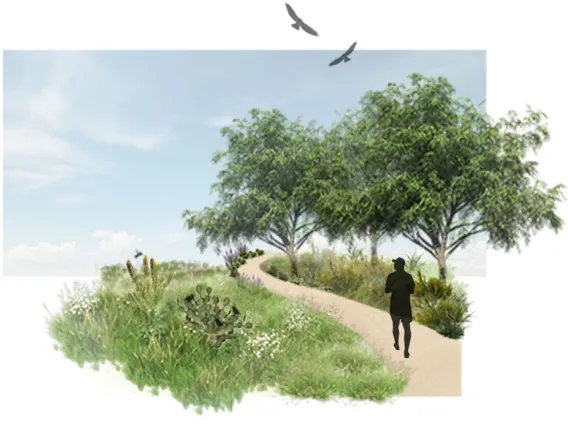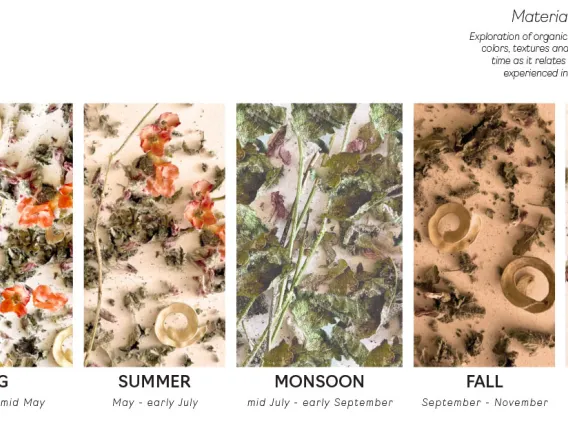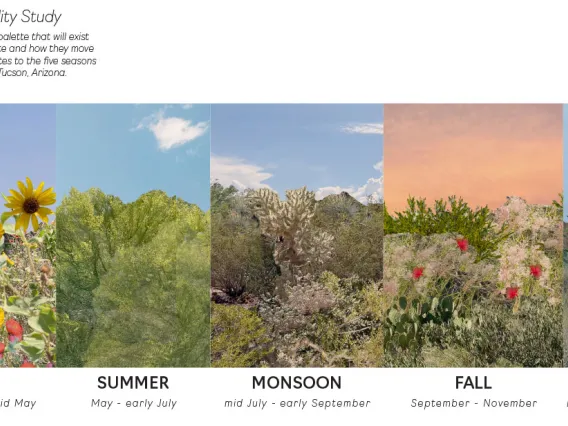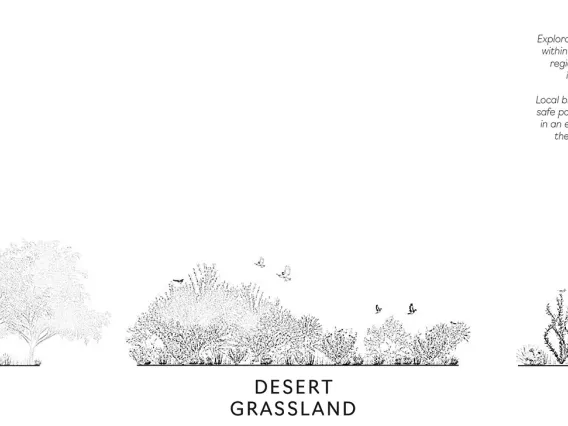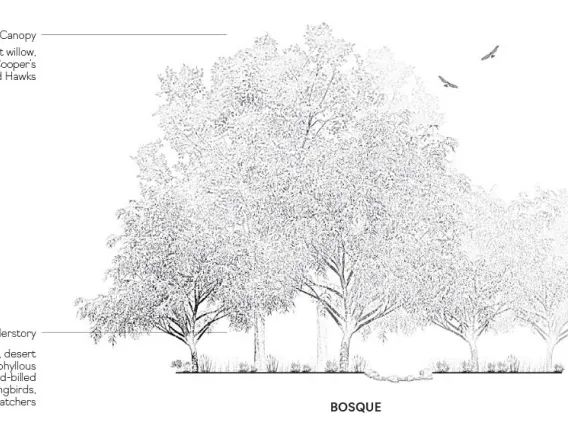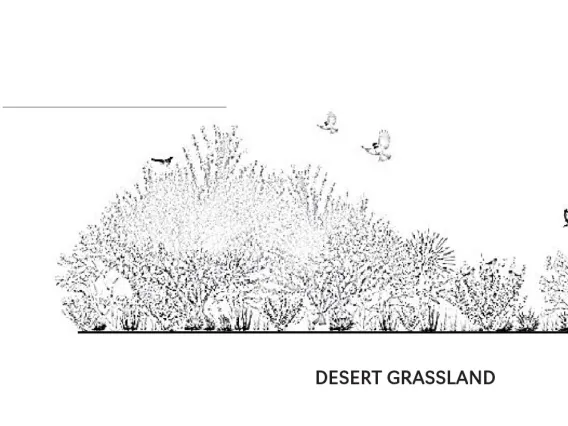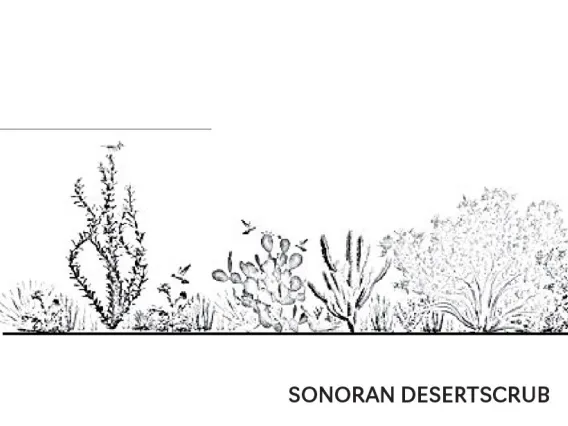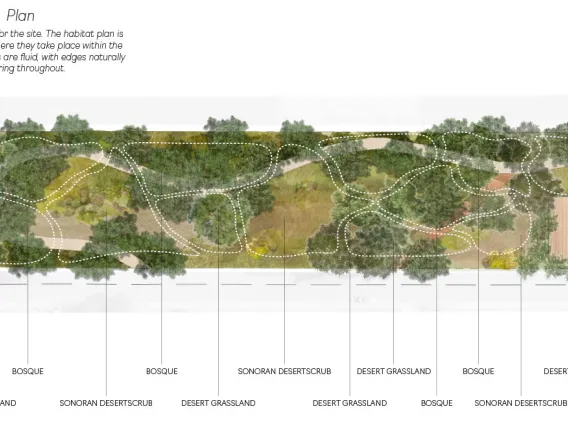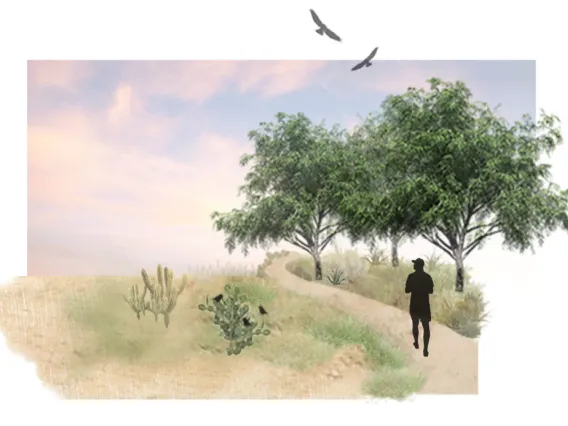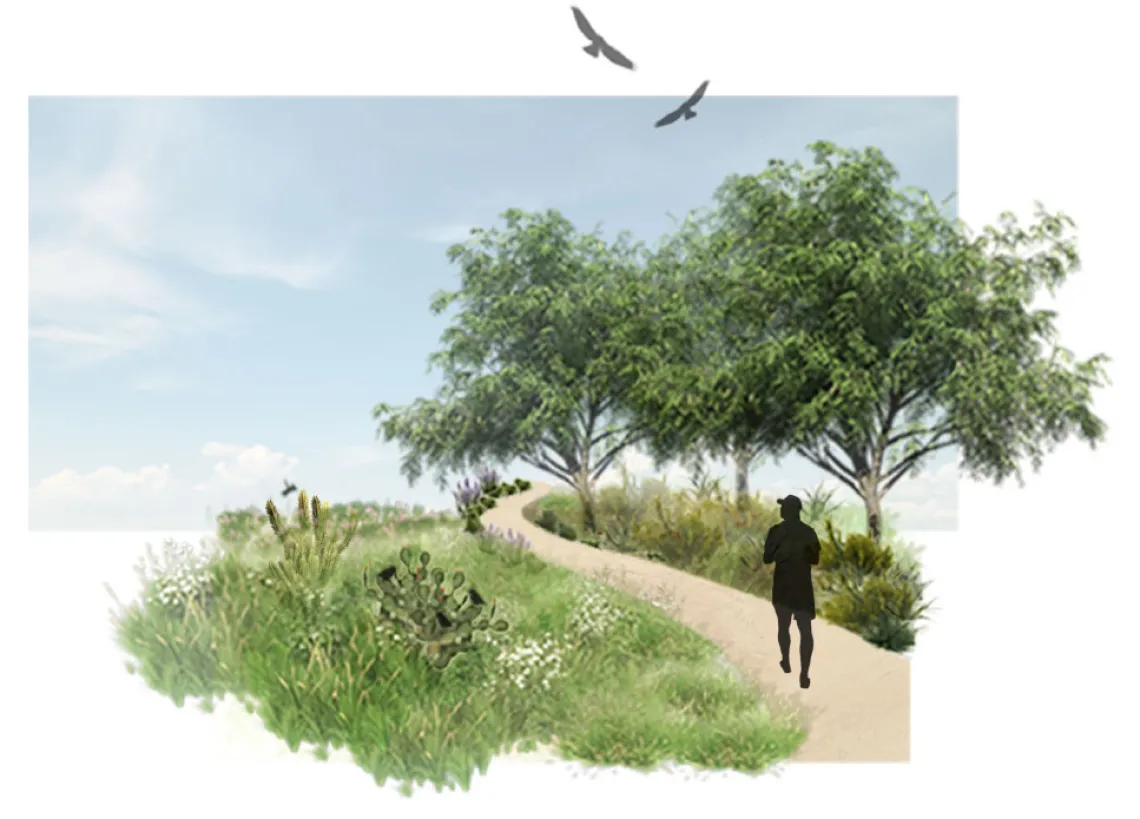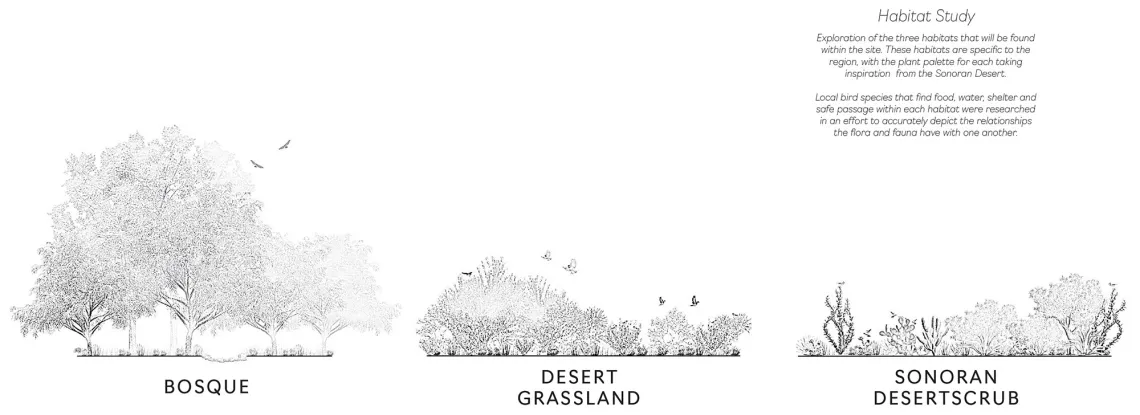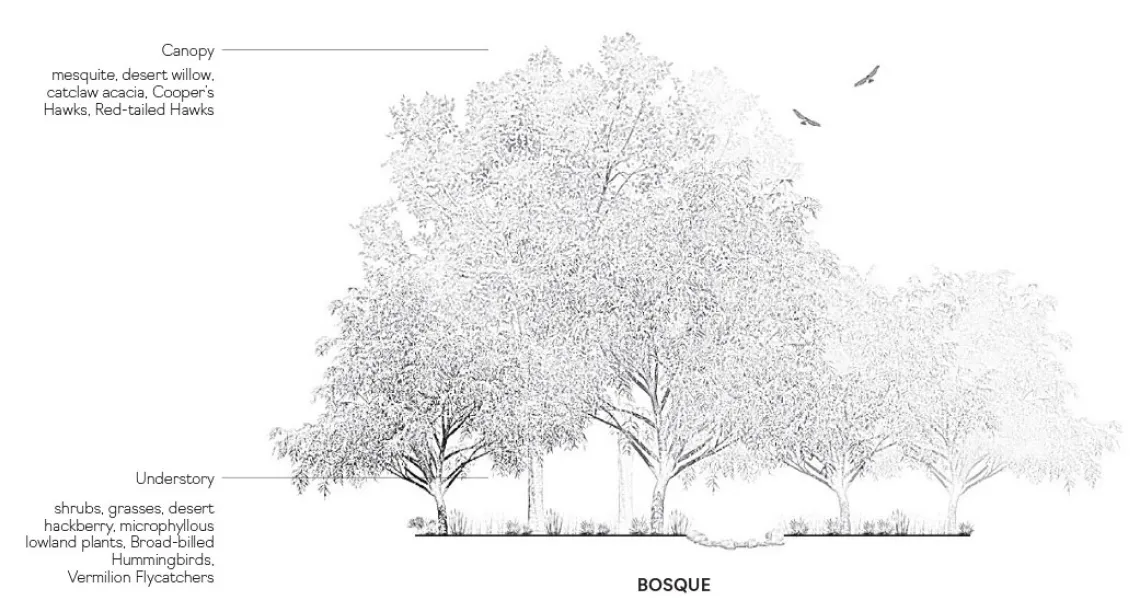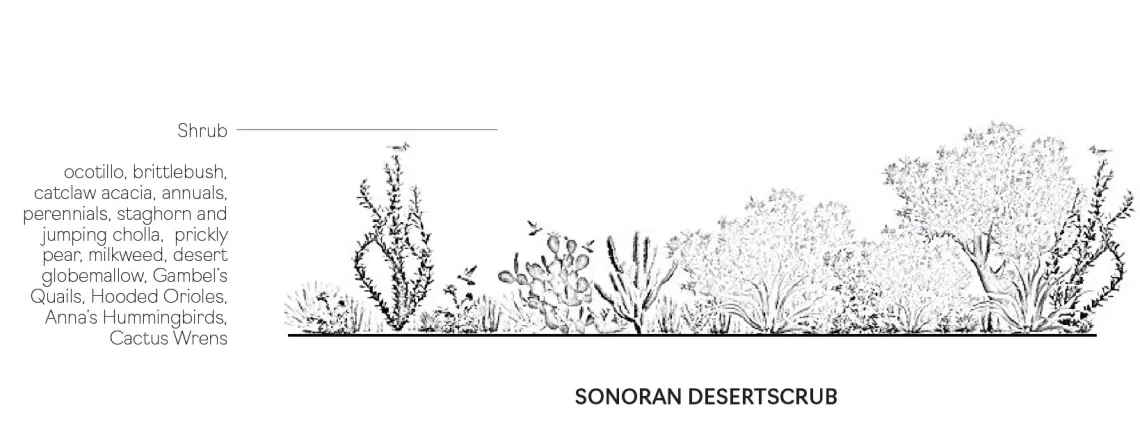UArizona Master of Landscape Architecture Student Wins ASLA Arizona Student Award of Excellence
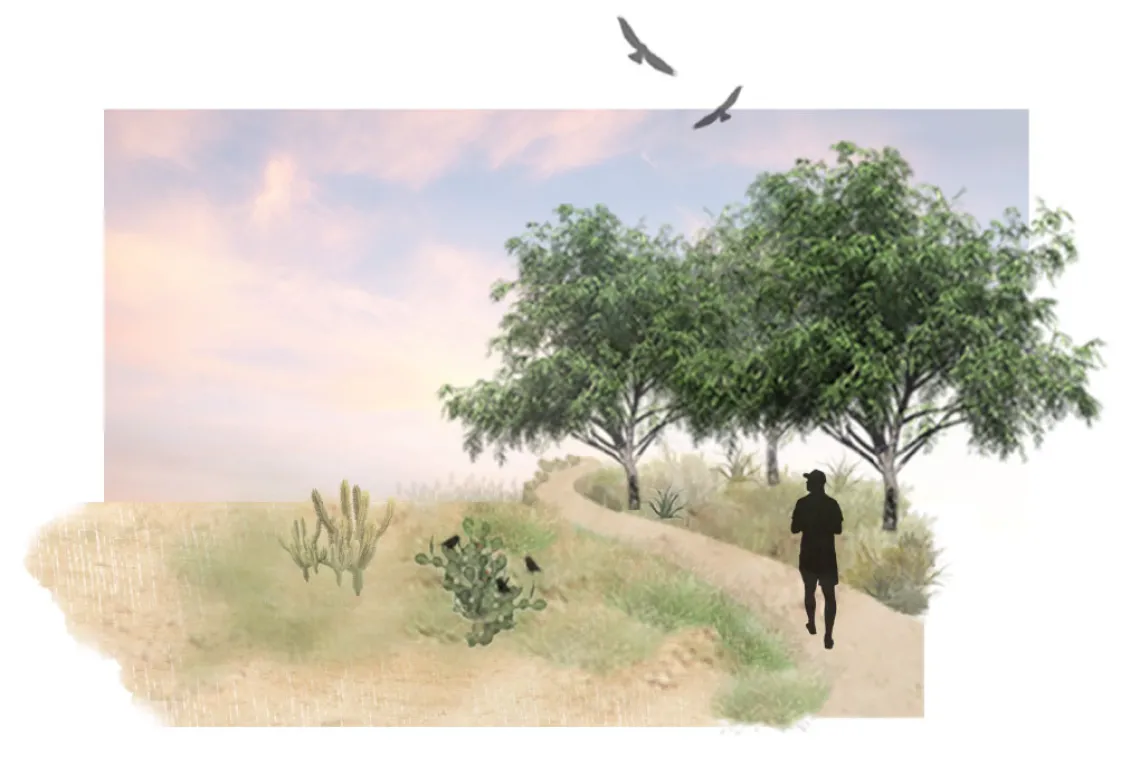
The Ephemeral Essence of Plant + Place
Image by Krista Planinac '23 MLA
As residents of Tucson’s Sierra Estates neighborhood consider the options provided by students in CAPLA’s Sonoran Birds + Climate Change studio for revitalizing a local park, one student’s design has received acclaim from the Arizona chapter of the American Society of Landscape Architects.
The Ephemeral Essence of Plant + Place, a habitat garden designed for Burns Park by second-year Master of Landscape Architecture student Krista Planinac, was selected for the chapter’s esteemed Student Award of Excellence. The award, presented to Planinac at the AzASLA Awards Gala held at the Desert Botanical Garden in Phoenix on March 25, 2023, recognizes outstanding academic achievement.
“The Ephemeral Essence of Plant + Place transforms an obsolete park into a restorative and resilient landscape that serves all forms of life,” says Planinac. “Using hyper-local plants that are climate adaptive, the design is intended to mimic the wild landscape of the desert. This is about flora, fauna and humans—and how we connect to each other.”

Her goals were threefold: 1) provide an artistic representation of the regional landscape to an urban population; 2) create associations between local bird species to provide ecological benefits, including habitat structure and food provisioning throughout the year; and 3) respect the plants by allowing them to make certain design decisions and resist the determination to control them, regardless of the season.
Planinac used a combination of AutoCAD and Adobe Illustrator, InDesign and Photoshop in the design studio to create the project, which begins with an exploration of the plant palette that could exist within the site. She conducted a materiality study using native plant materials of the region and then created a collage to communicate how she perceives the landscape throughout Tucson’s five seasons: spring, summer, monsoon, fall and winter.
Planinac also conducted a habitat study, identifying the three habitats found within the site while considering how local bird species use these habitats “in an effort to accurately depict the relationships the flora and fauna have with one another,” she says.

“Krista is an engaged student and designer,” says Mackenzie Waller, assistant professor of landscape architecture and Sonoran Birds + Climate Change studio instructor. “Her work in the studio was the result of a highly iterative process informed by larger-scale regional mapping, community engagement and native species research. The depth of critical analysis, collaboration and willingness to take design risks all converged in her site-scale work. I admire its clarity and sensitivity to the Sonoran landscape. The most challenging aspect of design lies in the editing, and it is precisely here where Krista’s work excels.”
“The Ephemeral Essence of Plant + Place helped me realize just how stunning the plants of the Sonoran Desert are,” concludes Planinac. “It’s now serving as inspiration for my master’s thesis, a kind of love letter to our native flora.”
Image Gallery: The Ephemeral Essence of Plant + Place
Click an image to view larger size and begin slideshow:

